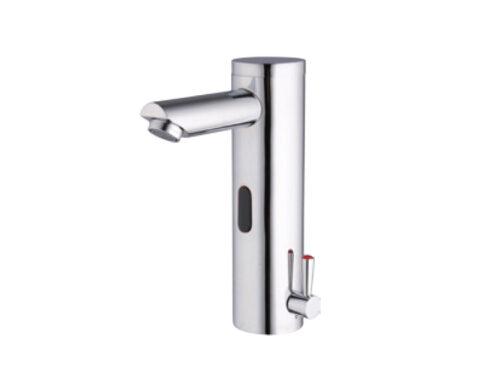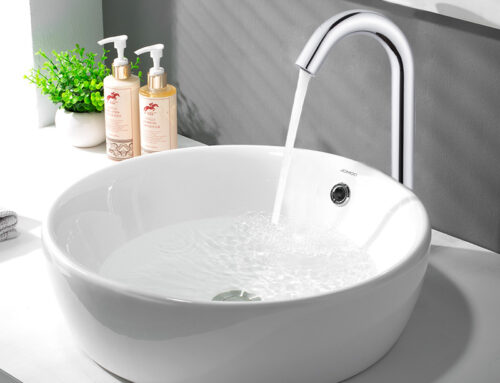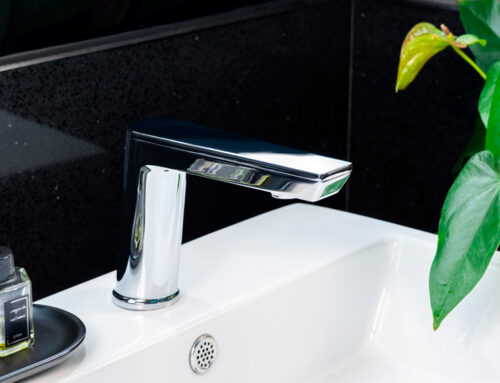Infrared sensors for automatic sanitary wares are applied in touchless faucets, handfree flush valves, touchfree soap dispensers etc. Rajeyn infrared sensors are CE, RoHS approved and the waterproof grade is IP65. The sensor life span is over 50,000 circles and sensor function can be tailor-made based on customers specific requirements. But do you know how the infrared sensors are made in Rajeyn company? Today we will introduce to you.
Firstly, engineers design the printed circuit board (PCB) based on customers’ functional requirements for the infrared sensor. The PCBs are all lead-free.
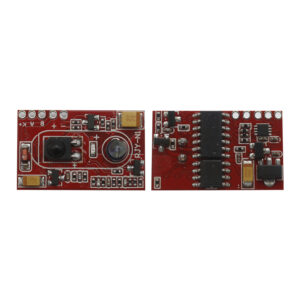
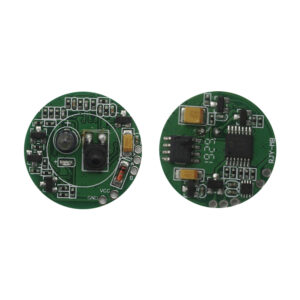
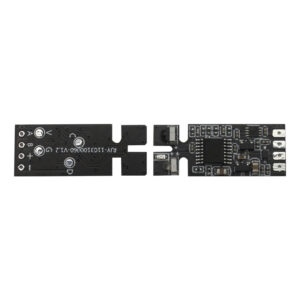
Secondly, PCBs will go through surface mounting equipment. Since the electronic components are quite small and the quantity is considerable, most of the components are mounted on the PCB by SMT (surface mounting technology) usually except for emitter and receiver. The SMT equipment are lead free and workshop must be dust-free.
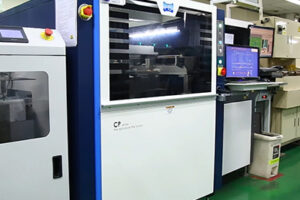
Thirdly, the finished PCBs will be delivered to Rajeyn electronic workshop. This workshop will solder emitter, receiver and also sensor wires to the PCBs. Then workers will add an isolated shield to the PCB and the semi-finished sensor will be fixed into a sensor housing. At the same time, workers need to inspect the sensor function and set sensor distance. During this period, the sensor has been tested for at least three times, including function, sensor distance, electric current, static power consumption etc.
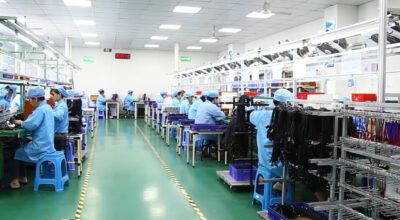
At last, sensor potting. After all the above parameters are correctly set, the sensors will be sent to the potting room for glue potting. Rajeyn has automatic potting machine to pot glue to different sensor cases. It will take 2-3 days to dry the glue. The potting-finished sensor will be tested again for final approval. The quality control department will issue official testing report. After approval, the sensors will be packed into boxes/cartons and delivery to our customers.
This is the general production procedure for Rajeyn infrared sensors.

